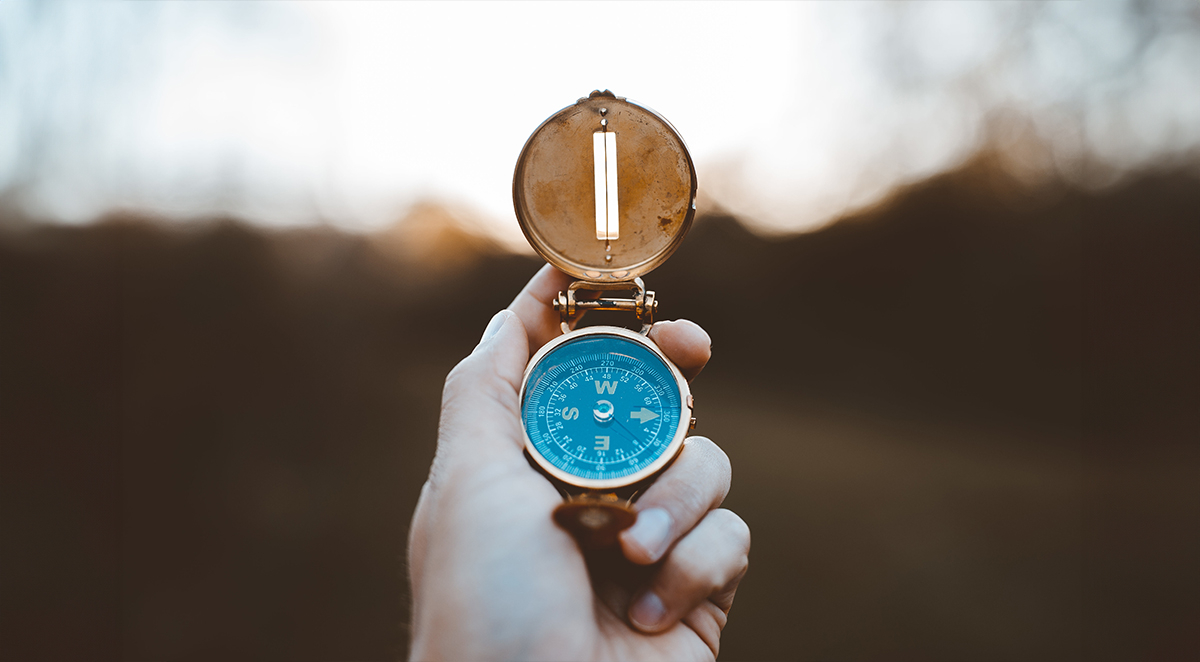Foods To Avoid To Keep Your Eyes Healthy
When it comes to protecting your vision, what you eat may affect the way you see. Certain vitamins and minerals found in food and supplements may play a role in preventing vision problems, including cataracts and age-related macular degeneration. Eating the right food can protect your vision and keep you healthy.
How To Find A New Optometrist Asheville
Surrounded by mile-high mountains and rich with culture, Asheville is one of the fastest-growing areas in North Carolina. Asheville’s population has increased nearly 25% since 2000, while Buncombe County has added 50,000 people since 2000. As new residents discover how great our city is, we want to help make sure you find the right eye care professional.
Three Things To Look For In An Optometrist When Moving To A New Area
The Asheville area is growing rapidly. Part of welcoming new residents to a new area is to provide tips and keys to finding great healthcare professionals and optometrists. In addition to the incredible beauty, cultural amenities, and excellent educational systems, western North Carolina benefits from nearby medical universities and the presence of Mission Health System.
Nevertheless, finding new physicians, dentists, and eye care professionals is always difficult when people move to a new city.
How To Keep Your Kids’ Eyes Safe In The Pool
Summer break is upon us, and long, hot days are around the corner. Whether it's a leisurely swim, a spirited game of water polo, or a relaxing float on an inflatable raft, swimming in summer embodies the essence of the season—carefree enjoyment under the sun, splashing in crystal-clear waters, and creating cherished memories that last a lifetime.




